Lombardy Poplar Wood
- September 14, 2023
- 0 comment
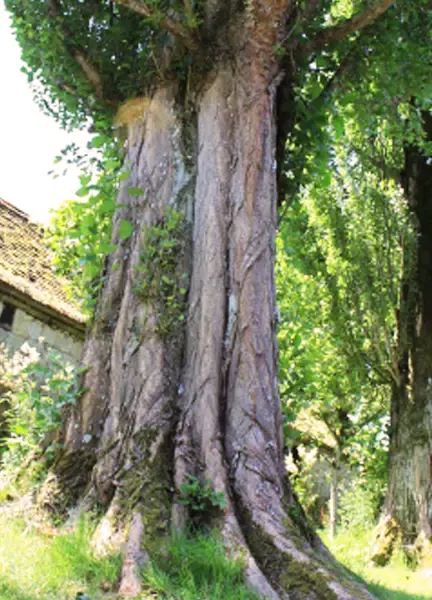
Lombardy Poplar wood, sourced from the Populus nigra ‘Italica’ tree, stands as a testament to centuries of craftsmanship. Revered for its remarkable attributes, this timber has garnered the admiration of woodworkers, artisans, and builders worldwide. Its intriguing history, coupled with unparalleled versatility, beckons exploration. The inherent qualities of Lombardy Poplar wood, from its fine texture to ease of workability, lend themselves to an array of applications, from exquisite furniture and sturdy construction to rustic fencing and decorative live-edge siding. A resilient and sustainable choice, Lombardy Poplar wood continues to carve its legacy in the realm of woodworking and beyond.
Texture
Lombardy Poplar wood presents a truly exquisite texture, marked by its fine and uniform grain pattern. This attribute renders it a sought-after selection for woodworking endeavors that demand a flawlessly smooth and polished finish. The consistent texture not only facilitates precision in crafting but also elevates the aesthetic allure of the final products, infusing them with a touch of sophistication and elegance that is unparalleled.

Bark
The Lombardy Poplar tree boasts bark that evolves intriguingly with age. Initially smooth and tinged with a distinctive greenish-gray hue, it gradually transforms into a rugged and grayish-brown exterior as the tree matures. This distinct bark texture contributes to the tree’s ornamental value, rendering it a visually striking addition to landscapes and gardens. Its evolving appearance is a testament to the tree’s resilience and the passage of time, enhancing its allure as a natural focal point in outdoor settings.

Furniture
Lombardy Poplar wood has emerged as a favored choice for crafting furniture, predominantly due to its lightweight nature and remarkable workability. Craftsmen frequently turn to this wood when fashioning chairs, tables, cabinets, and various other furniture pieces. The wood’s uniform texture ensures that the finished creations exhibit a refined and welcoming appearance, making Lombardy Poplar a preferred material for both functional and decorative furniture designs.
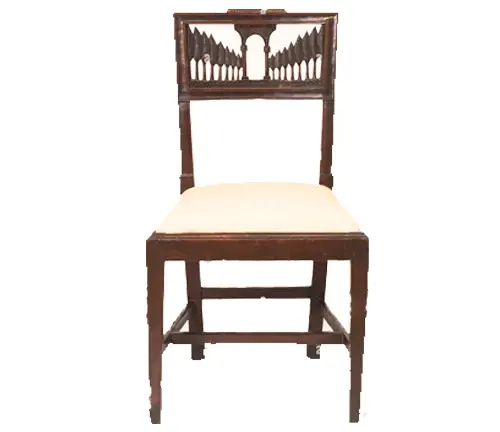
Weapon
While modern weaponry primarily relies on specialized materials, Lombardy Poplar wood has a storied history in the construction of bows and arrows. Its notable attributes include flexibility and strength, making it an ideal candidate for crafting these historical weapons. Although its role in contemporary armament is limited, its historical significance underscores its remarkable durability and resilience in demanding applications.

Firewood
Lombardy Poplar wood is a favored choice for firewood, particularly owing to its rapid growth as a species. With a relatively low density, it ensures a swift and efficient burn, making it a valuable source of heat during colder seasons. Its availability and ease of combustion have endeared it to those seeking reliable firewood options.

Construction
The versatility of Lombardy Poplar wood extends to various construction applications, encompassing framing, sheathing, and interior finishes. Builders value it for its ease of use and adaptability, which contribute not only to structural integrity but also to enhancing the aesthetic appeal of architectural elements. This wood’s role in construction underscores its significance in creating both functional and visually pleasing spaces.
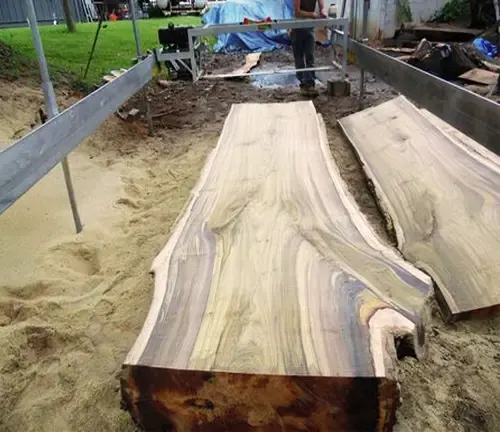
Plywood
In the realm of composite materials, Lombardy Poplar wood plays a pivotal role in plywood production. Its uniform texture and exceptional workability make it a cornerstone of high-quality panel creation for diverse applications. Plywood crafted from Lombardy Poplar embodies durability and versatility, qualities indispensable in numerous industries.
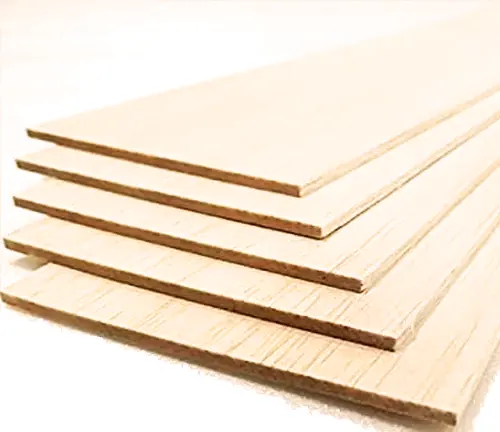
Board
Lombardy Poplar wood boards find extensive application in carpentry and cabinetry projects. Their smooth surface and ease of cutting and shaping make them an ideal choice for crafting both functional and decorative elements within homes and offices. Whether used in crafting shelving, cabinets, or intricate trim, these boards exemplify the wood’s adaptability and craftsmanship potential.

Railroad Cross Ties
Though less common today, Lombardy Poplar wood was historically employed in constructing railroad cross ties, largely due to its resilience and resistance to decay. These ties served as vital components of rail infrastructure, reflecting the wood’s enduring quality and reliability in critical transportation applications.
Pallet
Lombardy Poplar wood finds its niche in the manufacturing of pallets, essential for logistics and transportation. Its lightweight yet robust nature makes it an optimal choice for bearing heavy loads during shipping and storage, highlighting its role in ensuring the safe transportation of goods.
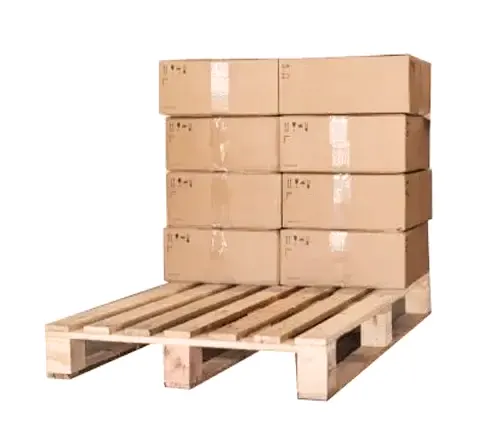
Cants
Lombardy Poplar cants, characterized by squared logs, hold a prominent place in sawmilling and woodworking industries. Serving as raw material, they undergo further processing to yield various products, including boards, beams, and components for furniture construction. Their uniformity and workability contribute significantly to the efficiency of woodworking processes.
Fencing
The durability and ease of installation make Lombardy Poplar wood a popular choice for fencing applications. Beyond providing privacy and security, Lombardy Poplar fencing introduces a touch of natural beauty to outdoor spaces. Its resistance to the elements ensures long-lasting boundaries that blend seamlessly with the environment.
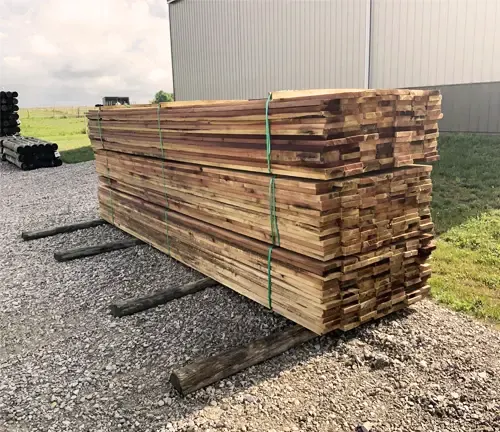
Wooden Crates
Lombardy Poplar wood shines in the realm of storage and transportation, with its wooden crates being a staple choice. These crates, characterized by their lightweight yet robust design, are indispensable for safeguarding fragile goods during transit. The wood’s structural integrity and durability assure the secure delivery of valuable items.
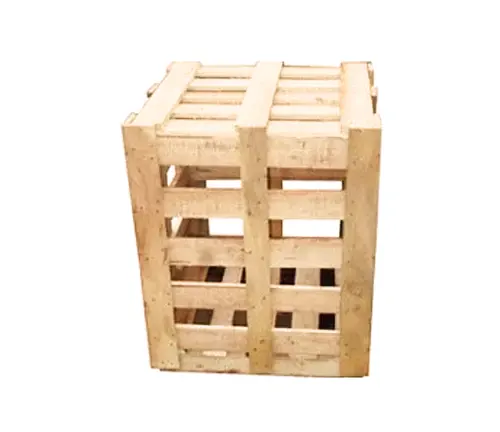
Wood Decking
When properly treated and maintained, Lombardy Poplar wood can serve as a dependable choice for outdoor decking. It not only enhances the visual appeal of outdoor spaces but also contributes to their longevity, withstanding the rigors of weather and foot traffic.
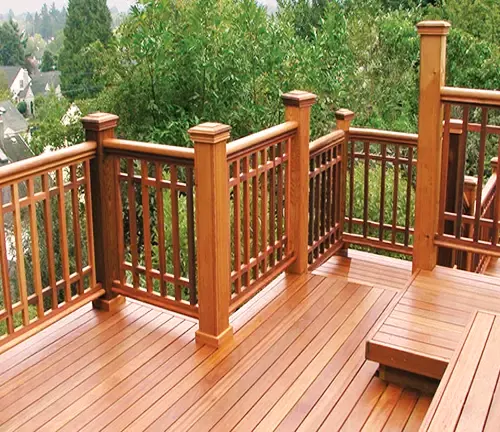
Shiplap
Lombardy Poplar wood has earned a reputation for its use in shiplap siding, known for its timeless aesthetic and ease of installation. Whether employed in interior or exterior settings, shiplap crafted from this wood introduces character and charm to buildings, blending tradition with modern design trends.
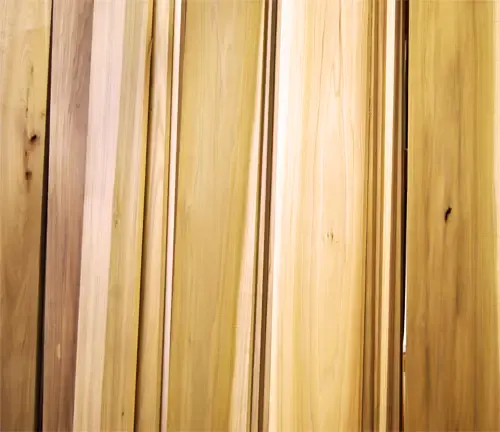
Live Edge Siding
Crafting live edge siding from Lombardy Poplar involves preserving the natural edge of the wood, resulting in a rustic and distinctive appearance. This siding lends itself to enhancing interior design and architectural projects, infusing spaces with a unique visual identity that celebrates the wood’s organic beauty.
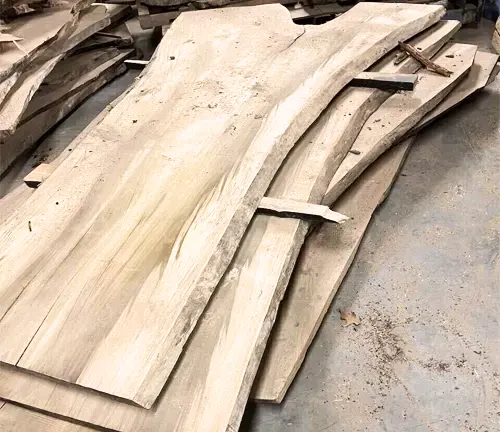
Slabs
Large, flat slabs of Lombardy Poplar wood are highly prized by woodworkers for their application in crafting stunning tabletops, countertops, and other high-end furniture pieces. These slabs showcase the wood’s innate elegance and versatility, contributing to the creation of focal points within interior spaces.
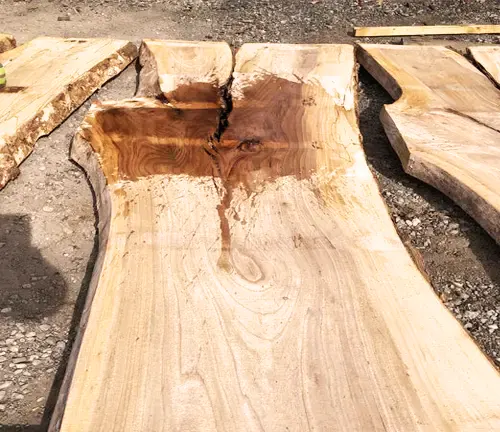
Beams
The enduring strength and resilience of Lombardy Poplar wood make it a viable choice for crafting load-bearing beams in construction. These beams provide essential structural support while maintaining an aesthetically pleasing appearance, exemplifying the wood’s dual role in both form and function.
Feel free to explore our Lumber Section to delve deeper into the realm of wood and its myriad of uses. A treasure trove of information awaits you, so don’t hesitate to start your next enlightening reading adventure. Enjoy your reading!
Frequently Asked Questions (FAQs)
- Is Lombardy Poplar wood sustainable?
Yes, Lombardy Poplar trees are known for their rapid growth, making them a sustainable choice for wood production. When harvested responsibly, they can be a renewable resource. - Is the wood resistant to pests and decay?
Lombardy Poplar wood has moderate resistance to decay and insects. Proper treatment and maintenance can enhance its longevity. - Can Lombardy Poplar wood be stained or finished?
Yes, the wood takes stains and finishes well, allowing for a wide range of customization in terms of color and appearance. - Is Lombardy Poplar wood suitable for outdoor use?
While it can be used outdoors when properly treated, it is more commonly used for indoor applications due to its susceptibility to weathering. - How does Lombardy Poplar wood compare to other hardwoods?
Lombardy Poplar is lighter and less dense than many hardwoods, making it easier to work with. Its appearance and properties make it a suitable choice for specific applications.
In summary, Lombardy Poplar wood is a versatile and adaptable timber prized for its unique qualities and broad range of applications. Whether you are a woodworker, builder, or simply appreciate the natural beauty of wood, Lombardy Poplar is a wood species that continues to stand the test of time. Its historical significance and modern versatility make it a timber treasure that is sure to endure for generations to come.



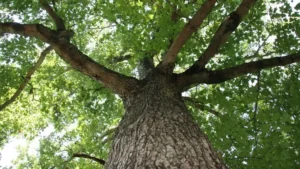



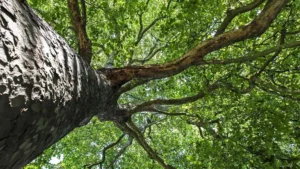
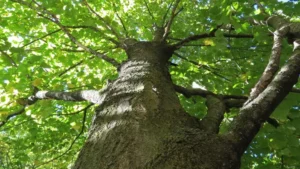





Leave your comment